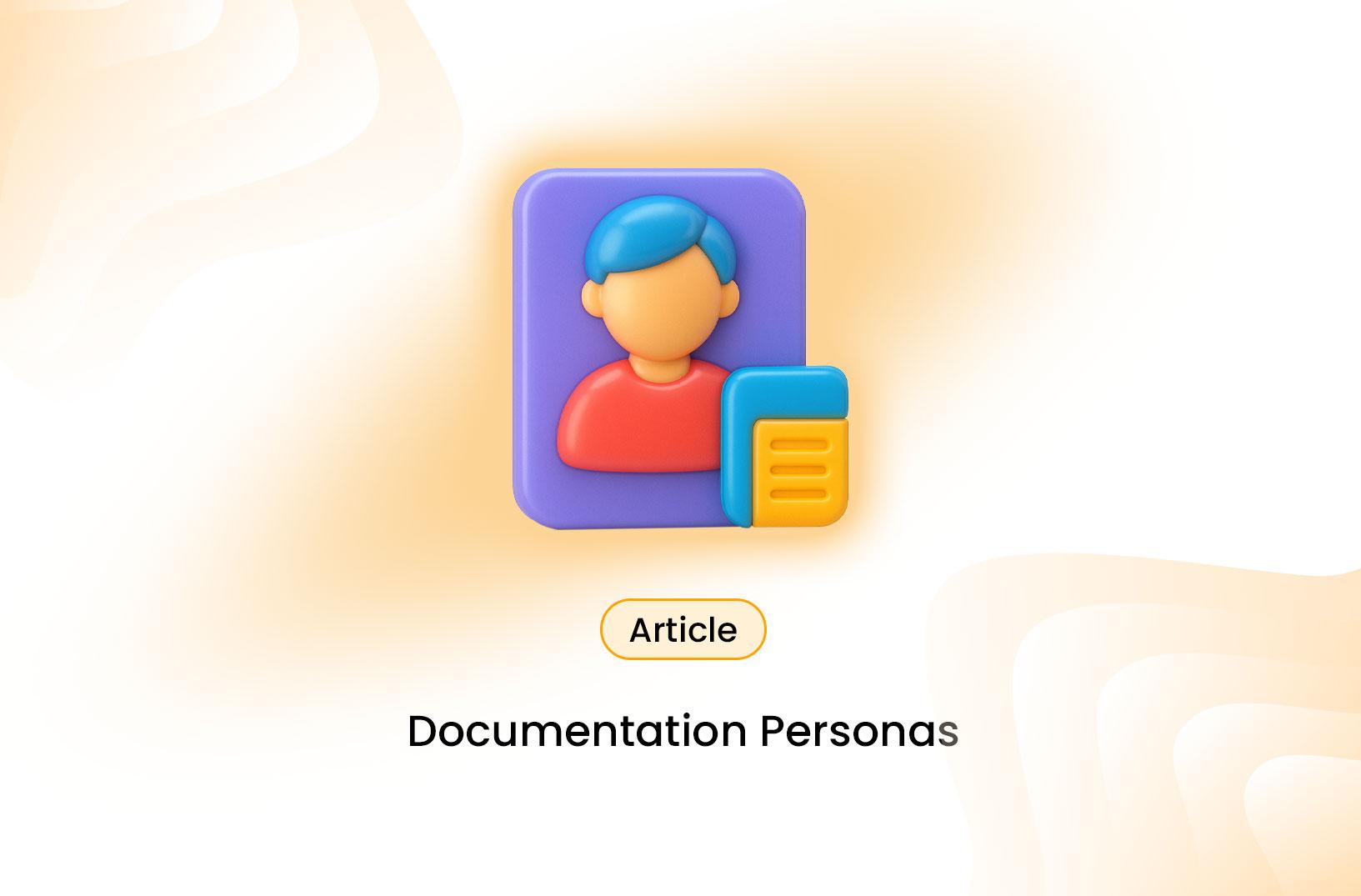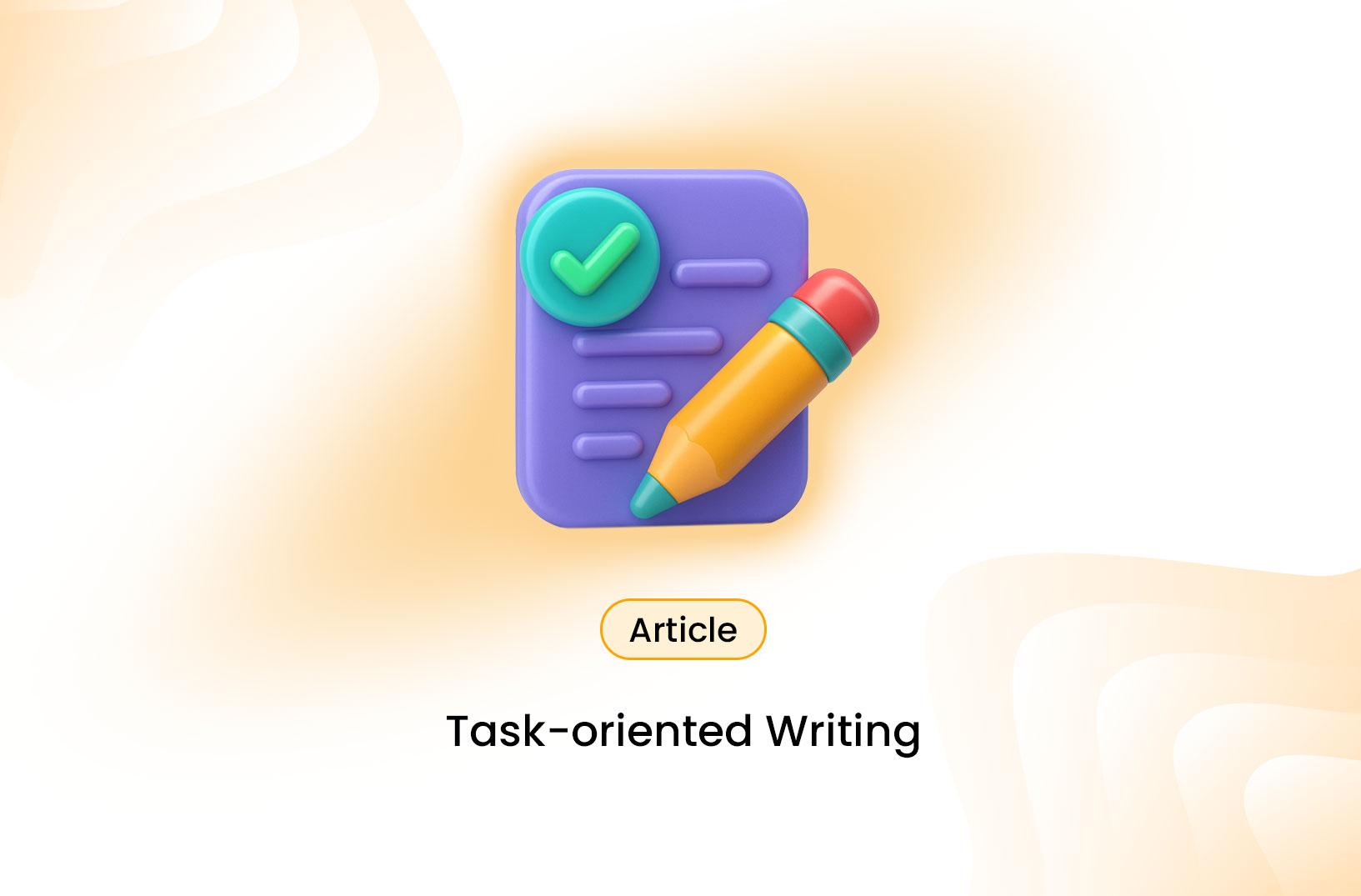When creating written content, whether it's a blog post, a product manual, or documentation, clarity is key. One of the simplest ways to measure how clear your writing is comes from a readability test known as the Flesch-Kincaid Grade Level.
In this guide, we'll break down what the Flesch-Kincaid Grade Level is, how it's calculated, and how you can use it to make your writing easier to understand and more effective.
What Is the Flesch-Kincaid Grade Level?
The Flesch-Kincaid Grade Level is a readability formula that estimates the education level a person needs to understand a piece of text.
For example:
- A score of 8.0 means your writing can be understood by someone at an 8th-grade reading level.
- A score of 12.0 indicates it's suited for a high school senior or college freshman.
- A score of 5.0 means it's simple enough for a fifth grader.
It was developed by Rudolf Flesch and later adapted by J. Peter Kincaid for use by the U.S. Navy in the 1970s — to ensure technical manuals were clear and easy to follow.
How the Formula Works
The Flesch-Kincaid Grade Level is based on two key factors:
- Sentence length (average number of words per sentence)
- Word length (average number of syllables per word)
The formula is:
0.39 x (Total Words / Total Sentences) + 11.8 x (Total Syllables / Total Words) - 15.59
Let's break that down:
- Longer sentences and complex words make the score higher, meaning the text is harder to read.
- Shorter sentences and simpler words make the score lower, meaning it's easier to understand.
Flesch-Kincaid Grade Level Examples
| Score | Reading Level | Audience Example |
|---|---|---|
| 1-5 | Very easy | Children's books, basic instructions |
| 6-8 | Easy to read | General web content, news articles |
| 9-12 | Moderate | Academic papers, business reports |
| 13-16 | Difficult | Legal documents, technical manuals |
For most web and marketing content, a grade level between 6 and 8 is ideal.
It ensures that your message is clear to a wide audience without oversimplifying your ideas.
Why Readability Matters
No matter how smart or technical your audience is, clarity improves engagement. When your writing is easy to follow:
- Readers spend more time on the page
- Search engines reward your content with better rankings
- Your message reaches a wider audience
Even professional audiences prefer writing that's concise, direct, and approachable.
Think of it this way: simple writing isn't "dumbed down", it's efficient communication.
How to Check Your Flesch-Kincaid Score
You don't need to do the math yourself, many tools can automatically calculate your Flesch-Kincaid Grade Level:
- Microsoft Word: Turn on "Readability Statistics" in spelling and grammar settings.
- Hemingway App: Provides grade level and highlights complex sentences.
- Grammarly: Includes readability metrics for every document.
- Online calculators like readabilityformulas.com or webfx.com/tools/read-able.
These tools help you identify problem areas and simplify your text for better comprehension.
Tips for Improving Your Score
If your Flesch-Kincaid grade level is higher than you'd like, here's how to fix it:
- Shorten sentences
Break long, complex ideas into smaller chunks. - Use simpler words
Replace jargon or technical terms with plain English equivalents. - Avoid unnecessary phrases
Remove filler like "in order to," "due to the fact that," or "as a result of." - Use active voice
It's clearer and more direct.
Example: "The team launched the product" (active) vs. "The product was launched by the team" (passive). - Read aloud
If you stumble when reading, your audience likely will too.
Applying Flesch-Kincaid in Different Contexts
The ideal readability level depends on your audience and purpose:
| Content Type | Ideal Grade Level | Notes |
|---|---|---|
| Blog posts | 6-8 | Keeps readers engaged and improves SEO |
| Technical documentation | 8-10 | Balance clarity with accuracy |
| Academic papers | 12+ | Complex ideas may justify higher scores |
| Marketing copy | 5-7 | Focus on clarity and persuasion |
The goal isn't to reach the lowest possible grade level, it's to find the sweet spot between simplicity and precision.
Key Takeaways
- The Flesch-Kincaid Grade Level estimates how easy your text is to read.
- It's based on sentence length and word complexity.
- For most audiences, aim for a score between 6-8.
- Tools like Word, Grammarly, and Hemingway can calculate your score automatically.
- Simplifying your writing improves clarity, engagement, and SEO performance.
Conclusion
The Flesch-Kincaid Grade Level isn't just a number, it's a reflection of how accessible your writing is.
By understanding and applying this metric, you can make your content clearer, friendlier, and more impactful.
Because the best writing isn't the most complicated, it's the writing that gets read, understood, and remembered.




